Manufacturing curves with digitalisation to optimize production
June 20, 2022 5:36 pm
In today’s digital revolution era, Industry 4.0/ 5.0 advancements – comprising nine technology pillarsarecatalysing to maximize production and expand automation in manufacturing.
Intelligent technologies and automation solutionsare on the move to interconnect industry systems.Industry 4.0, the fourth industrial revolution, ispowered by smart technologies and characterizedby the emerging use of cyber-physical systems, AI,IIoT, Machine learning, etc. The first three industrialrevolutions were powered by a disruptive newtechnology: the steam engine’s power, the assemblyline’s efficiency, and the computer’s processingspeed. They were game-changers and revolutionizedbusiness and manufacturing.All Industry 4.0/ 5.0 advancements are comprisedof 9 technology pillars: AR, Autonomous robots,Additive manufacturing, Big Data and analytics,Cloud connectivity, Cybersecurity, Horizontal andvertical system integration, IoT, Simulation, and digitaltwins. “It is an amalgamation of many technologiessuch as computational power, IoT, business analytics,advanced robotics, artificial intelligence, additivemanufacturing/ 3D printing, augmented reality,etc. Of these, additive manufacturing, autonomousrobots, digital manufacturing, industrial internet, andagile product development influence manufacturingthe most”, speaks Sameer Gandhi, ManagingDirector, OMRON Automation, India.” Industry 5.0augments Industry 4.0 by collaborating betweenhumans and robots. Industry 5.0 technology supportsworkers. With Industry 5.0, value-driven, humancentricinitiatives overlay Industry 4.0 technologicaltransformations to create an interaction betweenhumans and machines. The adoption of Industry5.0 as a complement to Industry 4.0 enhances theworkforce. AI and IoT are two technologies thatcan help speed up the transformation of the Indianmanufacturing industry by removing many stepsthat hinder the product development lifecycle. WhileIIoT enables the data collection from equipment or‘Things,’ AI can help analyze and find the best effortsto make the necessary changes.Digital adoption to optimize manufacturingIt’s a stark reality that India is aspiring to become amanufacturing hub through initiatives such as Makein India, Skill India, Start-up India, and AatmanirbharBharat. Opines Deepak Miglani, GM – IndustrialLubricants, ExxonMobil Lubricants Pvt. Ltd., addingfurther that this makes a robust market for thedevelopment of machines and robots through theintegration of human skill and AI/ML. How India hasembraced digital adoption has played a critical rolein shaping the roadmap for Industry 4.0. Elucidatingon digital technology, Ajay Gurjar, COO & Director,YASKAWA India, says, “From analytics for incisiveinsights to creating sophisticated virtual designs,the Indian manufacturing industry in the 4.0 eracan benefit from digital adoption at all stages.”Digital technology is the basis on which we caneven talk about the 4th great industrial revolution.It supercharges all aspects of manufacturing withradical improvements in speed, quality, productivity,and flexibility.
Speaking on the scope of potential opportunity that Industry 4.0technology embodies, Amitabh Chaturvedi, Founder Director,InnovaPoint Infotech Pvt. Ltd., highlights, “Industry 4.0 bringstremendous opportunity for factories to increase efficiency, quality,the life cycle of the machine and to reduce loses, reduce productcost, reduce quality recalls, etc.” Industry 5.0 involves the integrationof automation, software, data assembling, analysis, and varioussolutions. The underlined fact is: that human-to-machine andmachine-to-machine interactions for manufacturing processes willbe the key to efficiency and maximum productivity. That amountsto increasing automation and data exchange technologies for dayto-day manufacturing processes. Industry 5.0, of course, has helpedthe manufacturers by providing insight into the manufacturingecosystem and using every digital space available to explore. Industry4.0 has brought a massive revolution amongst the manufacturersgoing digital.Voicing his opinion on the same lines, Himanshu Sharma,Head, Marketing & Corporate Communications, B&R IndustrialAutomation, India said, “Manufacturers are reaching higherechelons with adaptability to IIoT and maintaining a secureconnectivity environment. Smart Factories and the Internet ofThings have already stepped well into the production ecosystem formany manufacturers.” There is a massive shift in the way productsare manufactured with safety, flexibility, and better connectivityof sensors to the cloud. Speaking on embracing digital technology,Subrata Karmakar, President-Head of Robotics & DiscreteAutomation Business, ABB India Ltd., says, “Companies today areembracing digital technology with several industries aiming tooptimize their manufacturing by leveraging advanced technologiessuch as, artificial intelligence and big data across sectors. Furthermore,increasing security and reducing downtime will significantly reducemaintenance costs. Industry 4.0 and 5.0 have effected changes andopportunities across processes.” Manufacturing has transformeddue to digital adoption and production planning, efficiency, andmaintenance. Vijaykrishnan Venkatesan, Managing Director,Kennametal India Limited, is categorical and was quick to add thatthe ongoing digital adoption will enable seamless convergence ofthree aspects, namely- flexibility in manufacturing, improvementin productivity, and standardization of performance, i.e., consistentreliability of output so that all elements of the value chain fall intoplace to optimize production. Moreover, companies today embracedigital technology assertively, especially post the pandemic-inducedchanges that inundated the sector.Digital future for sustainabilityDigital technologies like artificial intelligence (AI), machine learning,and the Internet of Things (IoT) make it possible to reduce unscheduleddowntime, anticipate maintenance issues well in advance, and ensureeffective energy management, thereby contributing to sustainabledevelopment. Speaking assertively, Ms. Barbara Frei, Executive VicePresident, Industrial Automation, Schneider Electric says, “Make wellinformeddecisions, backed by data and insights. The underlying motiveis always to increase efficiency, resilience, agility, and sustainability.”The latest digital technologies can help in achieving optimumproduction in many ways. Anil Kumar, Director, Inovance Technology,India, emphasizes, “Optimizing production, broadly speaking, meansto enhance productivity. One way is to offer high levels of connectivitybetween machine components. Remote monitoring is one benefitof digital connectivity.” However, established protocols allow OEMsto connect to machines that have been deployed in factories.
The production facilities are being shaped into a well customized digitalstructure where machine run-time is scrutinized well. Inevitably, thefuture is digital, and companies across the spectrum have begun to realiseand implement it.Overall Equipment Effectiveness with digital technologyEvery aspect of production efficiency is the focal point. ManyOEMs are currently working on smart factories, where alltheir machines are interconnected to improve efficiency andenhance flexibility. This would result in production schedulesbeing nimbler, yield better quality and faster response time tomarket needs, owing to more closely integrated operations.There would also be some shift from standardized productionto customized production with minimal impact on theproductivity levels, as production lines would be more flexible.The software would make many decisions through powerfulalgorithms with machine learning capabilities. Managing the inventory to optimum levels with an integrated supply chainis the focus, according to Vijaykrishnan. Analysing complexproblems in production too has become more accessible,given the advanced workstations and improved efficiencies.A connected enterprise enjoys several benefits, including theability to guarantee business continuity, despite limitationsto provide truly flexible workflow management and improveproductivity by encouraging innovation. Subrata says, besidesincreasing security and reducing downtime, it also significantlyreduces maintenance costs.Indian industry has the opportunity to circumvent theautomation curve by taking full advantage of the Industry 4.0or 5.0 automation technologies available today and to turnout world-class products, according to Sameer. The intelligentfactories empowered with Industry 4.0 or 5.0 allow operationsto be executed with high reliability and minimal manualintervention.
Automated workflows, improved tracking andscheduling, optimized energy consumption and synchronizationof assets, integral to a smart factory, increased uptime, quality,and yield, and reduced costs and waste. Intelligent Factoriesare created around a bottom-up, top-down approach wherebydigital transformation involves people from the shop floor andsupport functions and the site leader to make suggestions fordigital improvements. With AR or XR (Extended Reality), machineoperators get empowered to work more safely and efficientlywith digital technology. Machines are being integrated withappropriate sensors and controls. This would make availableall the data regarding machine performance – the machineuptime, production data, and Overall Equipment Effectiveness(OEE) are what Vijaykrishnan foresees. It would also be ableto provide predictive maintenance data such as pressure, flowlevel data for the coolant, hydraulics, pneumatics, vibrationson the spindle and tools, etc. Amitabh also thinks on the sameline that for optimizing production, features like real-timeproduction monitoring, real-time alerts, cycle time reduction,and OEE simulations are helping production facilities.Moving aheadConclusively, the accelerated push towards digitaltransformation has created a positive outlook for companiesacross the spectrum to embrace technologies, such as cloudand edge computing, artificial intelligence (AI), machinelearning, 5G, robotics, and predictive analytics. Foreseeing thedevelopment, Barbara says, thematically, the focus has shiftedfrom surviving in the digital world to thriving in it.Several industries are adapting beckoning industry pillarsto maximize the efficiency and productivity of supply chainand operations by leveraging advanced technologies, such asartificial intelligence (AI) and big data. Industry 4.0-led smartmanufacturing can spearhead the transformation of India’smanufacturing by adding value to many aspects. The highlevels of manufacturing need high levels of investment to goto the next level. Currently, the investment for automationacross many industries may not be very high because theoverall manufacturing level is very complex compared to othercountries. Widening the horizon from the plant floor to thecontrol room, it is pertinent to note that as factories growmore competent, the amount of data being transmitted andprocessed also grows.
Cookie Consent
We use cookies to personalize your experience. By continuing to visit this website you agree to our Terms & Conditions, Privacy Policy and Cookie Policy.



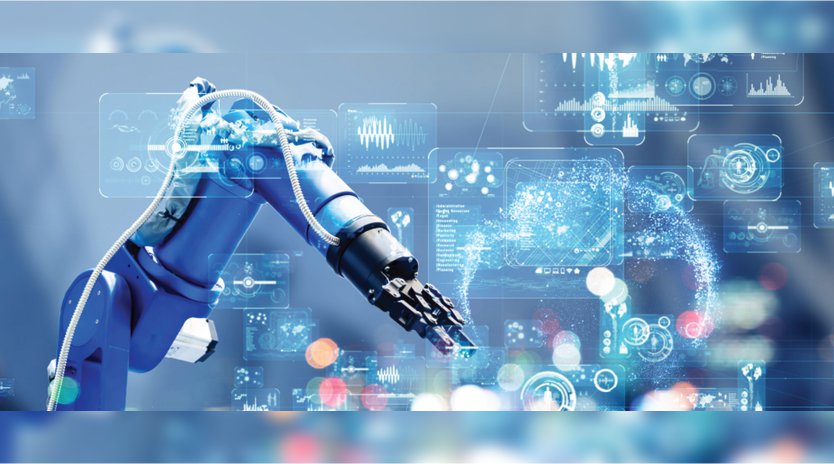



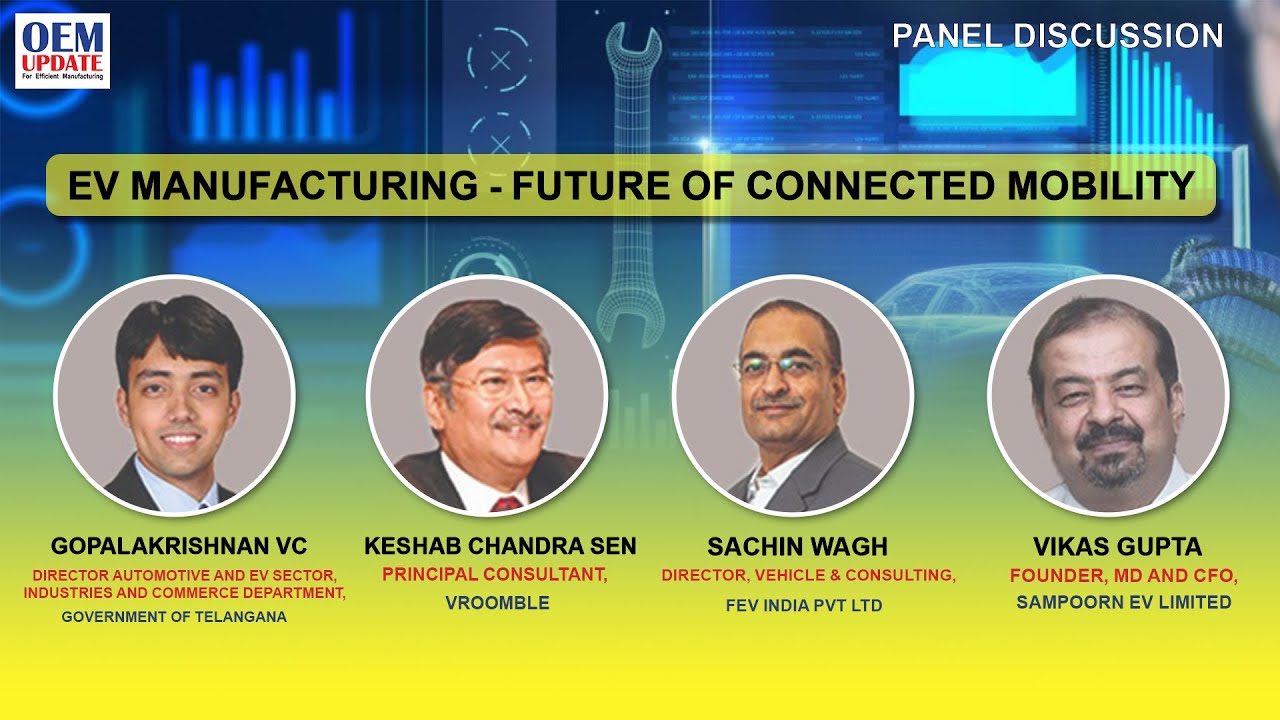



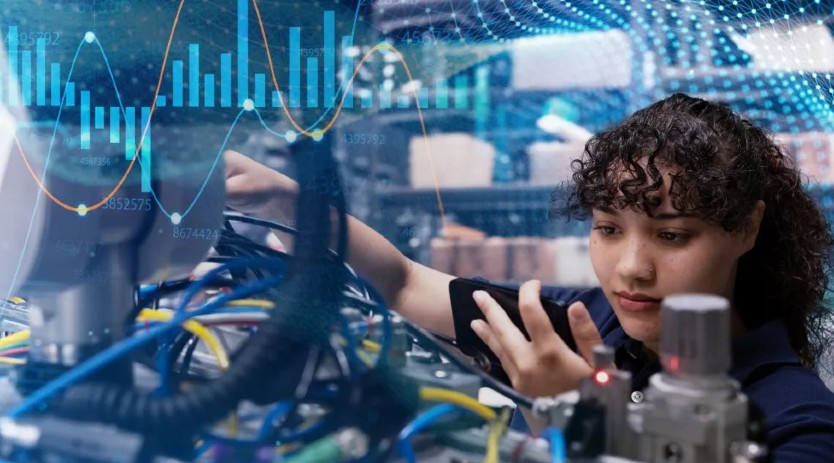
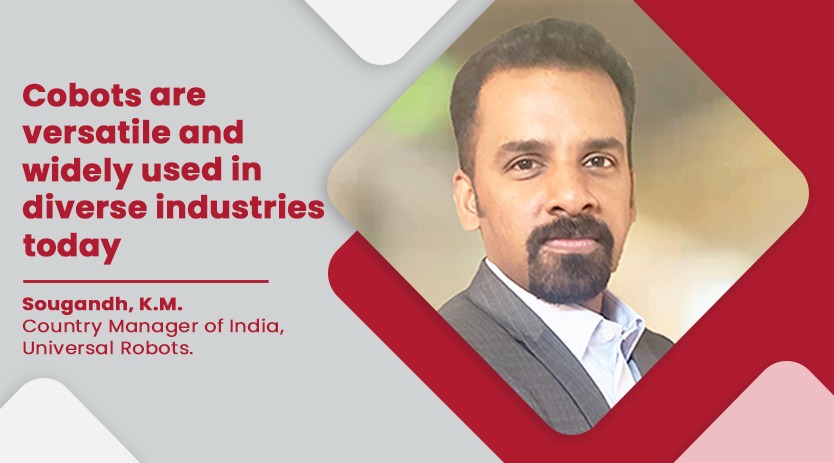
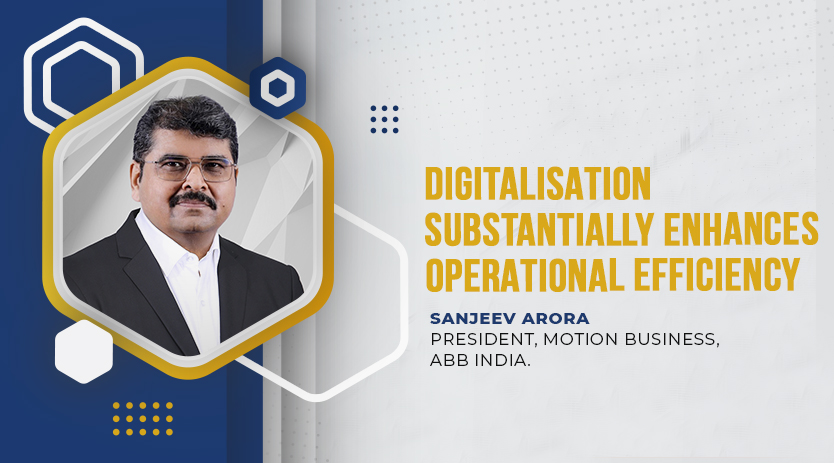




 English
English Hindi
Hindi